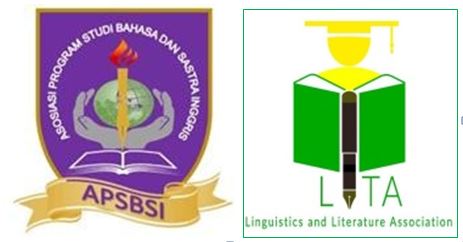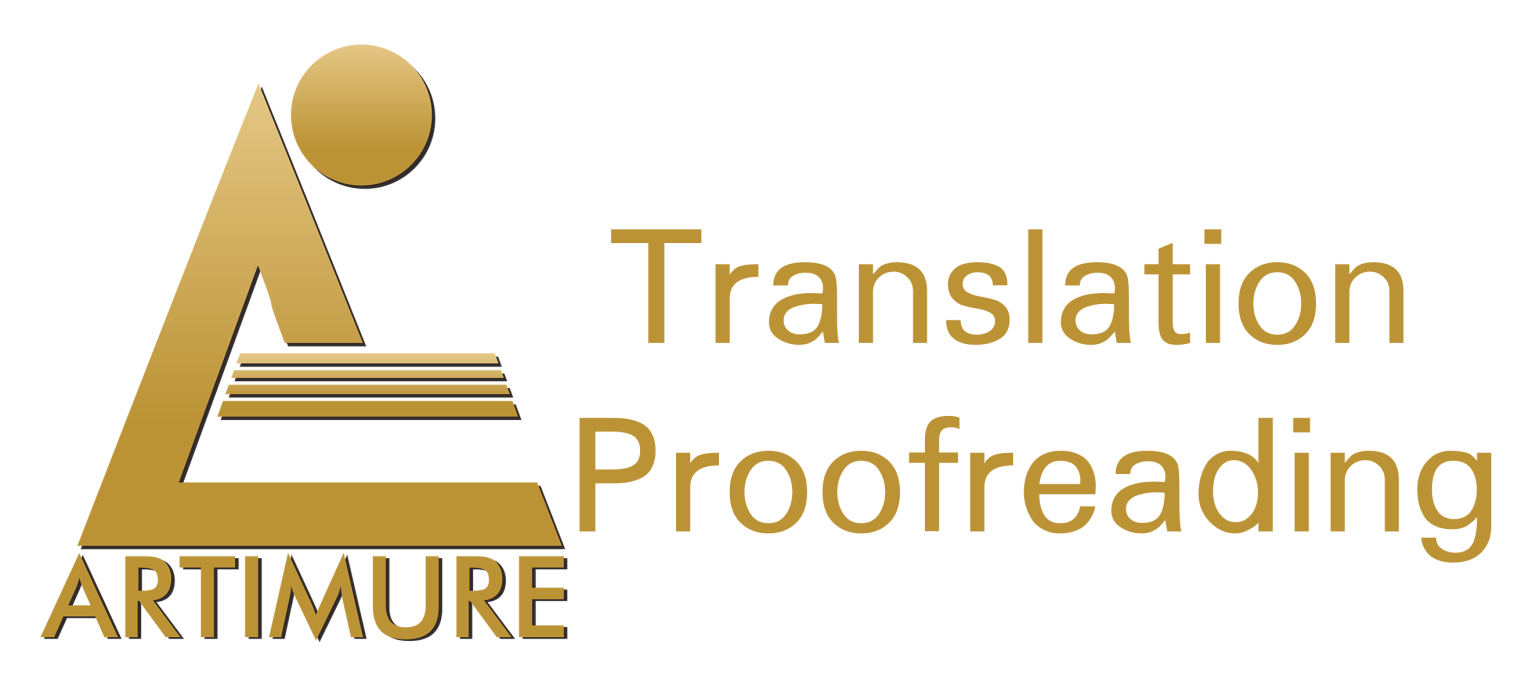Exploring Students’ Perception on using Live worksheet as Self-directed Learning of Listening Skills in Online Education
DOI:
https://doi.org/10.31849/utamax.v4i3.11449Keywords:
Information technology, Listening skill, Liveworksheet, Learning environment, Self-directed learningAbstract
Research on the use of digital technology in promoting English Foreign Language (EFL) students’ self-directed learning of listening skills has been widely acknowledged in the literature. However, few empirical studies have been conducted on interactive worksheets as mediated instruction in the teaching of listening. This study used a qualitative method, and seventy-seven students were selected from the Education Department at State University of Makassar. This research instrument is used in interviews. Grounded in a web-based learning approach, the researchers investigated the students’ perceived experiences in conducting the “liveworksheet” website and its potential to promote their self-learning, activeness, and autonomy in listening practices. As a result, the study highlights several significant findings: students’ self-directed learning, automatic scoring, accessing the website, students’ vocabulary mastery, students’ learning autonomy, and students’ technology skills. Moreover, this study suggests employing web-based “liveworksheet” activities in a technology-mediated EFL learning environment, thus increasing their self-directed learning and ease to make distance learning happen through the website. Therefore, this study highlighted the advantages of in-making live worksheets for teachers and students in answering live worksheets which are very important to support, provide interesting learning, and get their learning outcomes
References
Albus, P., Vogt, A., & Seufert, T. (2021). Signaling in virtual reality influences learning outcome and cognitive load. Computers and Education, 166(2), 1–16. https://doi.org/10.1016/j.compedu.2021.104154
Ali, A. (2021). Digitalizing the language input in Larkana, Sindh: Focus on teaching reading skills. Modern Journal of Studies in English Language Teaching and Literature, 3(2), 29–38. https://doi.org/10.56498/322021137
Ames, C., & Archer, J. (1988). achievement goals in the classroom: students’ learning strategies and motivation processes. Journal of Educational Psychology, 80(3), 260–267. https://doi.org/10.1037/0022-0663.80.3.260
Ampa, A. T. (2015). The implementation of interactive multimedia learning materials in teaching listening skills. English Language Teaching, 8(12), 56. https://doi.org/10.5539/elt.v8n12p56
Barella, Y., & Linarsih, A. (2020). Extensive listening practice in EFL classroom with variety of news websites. Pedagogy : Journal of English Language Teaching, 8(1), 43. https://doi.org/10.32332/PEDAGOGY.V8I1.1961
Bashori, M., van Hout, R., Strik, H., & Cucchiarini, C. (2020). Web-based language learning and speaking anxiety. Computer Assisted Language Learning. https://doi.org/10.1080/09588221.2020.1770293
Bateman, T. S. (2021). Using academic social networks to enhance the student experience in online education. Online Learning Journal, 25(4), 216–243. https://doi.org/10.24059/olj.v25i4.2532
Berry, T. R. (2011). Qualitative researchers as modern day Sophists? Reflections on the qualitative–quantitative divide. Qualitative Research in Sport, Exercise and Health, 3(3), 324–328. https://doi.org/10.1080/2159676x.2011.607176
Binali, T., & Tsai, C. (2021). University students’ profiles of online learning and their relation to online metacognitive regulation and internet-specific epistemic justification. Elsevier. https://www.sciencedirect.com/science/article/pii/S0360131521001925
Carlson, D. L., Wells, T. C., Mark, L., & Sandoval, J. (2020). Introduction: Working the tensions of the post-qualitative movement in qualitative inquiry. Qualitative Inquiry, 27(2), 151–157. https://doi.org/10.1177/1077800420922271
Chaijum, N., & Hiranyachattada, T. (2020). Integrated learning and project-based learning for project of electrical measurement and instrumentations in electrical engineering course. European Journal of Science and Mathematics Education, 8(1), 6–11. https://doi.org/10.30935/scimath/9543
Chan, B., Wei, R., & Fetherston, C. (2020). Innovative digital tools in EBP and information literacy education for undergraduate nursing students. Journal of Information Literacy, 14(2), 128–140. https://doi.org/10.11645/14.2.2794
Chatwattana, P., & Nilsook, P. (2017). A Web-based learning system using project-based learning and imagineering. International Journal of Emerging Technologies in Learning (IJET), 12(5), 4. https://doi.org/10.3991/ijet.v12i05.6344
Chesebro, J. W., & Borisoff, D. J. (2007). What makes qualitative research qualitative? Qualitative Research Reports in Communication, 8(1), 3–14. https://doi.org/10.1080/17459430701617846
Firat, M. (2016). Measuring the e-learning autonomy of distance education students. Open Praxis, 8(3), 191. https://doi.org/10.5944/openpraxis.8.3.310
Fokides, E., & Kefallinou, M. (2020). Examining the impact of spherical videos in teaching endangered species/environmental education to primary school students. Journal of Information Technology Education: Research, 19, 427–450. https://doi.org/10.28945/4612
Gill, D. L. (2011). Beyond the qualitative–quantitative dichotomy: notes from a non-qualitative researcher. Qualitative Research in Sport, Exercise and Health, 3(3), 305–312. https://doi.org/10.1080/2159676x.2011.607184
Hidayah, N., & Asari, S. (2022). Investigating students’ listening skill using liveworksheet as an outline teaching platform. J-SHMIC : Journal of English for Academic, 9(1), 51–59. https://journal.uir.ac.id/index.php/jshmic/article/view/8611
Hira, A., & Anderson, E. (2021). motivating online learning through project-based learning during the 2020 covid-19 pandemic. IAFOR Journal of Education, 9(2), 93–110. https://doi.org/10.22492/ije.9.2.06
Justus, B. J., Rusticus, S. A., & Stobbe, B. L. P. (2022). Does self-directed learning readiness predict undergraduate students’ instructional preferences? The Canadian Journal for the Scholarship of Teaching and Learning, 13(1). https://doi.org/10.5206/cjsotlrcacea.2022.1.10879
Kammerer, Y., Brand-Gruwel, S., & Jarodzka, H. (2018). The future of learning by searching the web: Mobile, social, and multimodal. Frontline Learning Research, 6(2), 81–91. https://doi.org/10.14786/flr.v6i2.343
Karakus, I., & Karakus, S. (2021). The views of international university students about online education. Education Quarterly Reviews, 4(3), 1-14. https://doi.org/10.31014/aior.1993.04.03.312
Karatas, K., & Arpaci, I. (2021). The role of self-directed learning, metacognition, and 21st century skills predicting the readiness for online learning. Contemporary Educational Technology, 13(3), 1-13. https://doi.org/10.30935/cedtech/10786
Karatsareas, P. (2022). Research methods in language attitudes: Semi-structured interviews. American Journal of Play, 12(2), 99–113. https://doi.org/10.1017/9781108867788.010
Karhulahti, V.-M., & Backe, H.-J. (2021). Transparency of peer review: a semi-structured interview study with chief editors from social sciences and humanities. Research Integrity and Peer Review, 6(1), 1-14. https://doi.org/10.1186/s41073-021-00116-4
Ke, F., & Chávez, A. F. (2013). A two-year research project on web-based teaching and learning. Springer. https://doi.org/10.1007/978-1-4614-0863-5_3
Keçili, R., Ghorbani-Bidkorbeh, F., Altıntaş, A., & Hussain, C. M. (2021). Future of smartphone-based analysis. In Smartphone-Based Detection Devices (pp. 417-430). Elsevier. 417–430. https://doi.org/10.1016/b978-0-12-823696-3.00007-6
Khansir, A. A., Dehkordi, F. G., & Mirzaei, M. (2021). Learning strategies and english language teaching. Theory and Practice in Language Studies, 11(6), 734–741. https://doi.org/10.17507/TPLS.1106.19
Linh, P., Nhat, V. le, Le, T. K., Nhat, L. P. le, Le, V., & Kieu, T. (2021). Education quarterly reviews m-learning and learning autonomy-needs analysis and suggested model. Education Quarterly Reviews, 4(4), 191–199. https://doi.org/10.31014/aior.1993.04.04.383
Liu, Q., Huang, J., & Zhou, Z. (2020). Self-expansion via smartphone and smartphone addiction tendency among adolescents: A moderated mediation model. Children and Youth Services Review, 119, 105590. https://doi.org/10.1016/j.childyouth.2020.105590
Lochmiller, C. R. (2021). Conducting Thematic Analysis with Qualitative Data. Qualitative Report, 26(6), 2029-2044. https://doi.org/10.46743/2160-3715/2021.5008
Lockma, A. S., & Schirm, B. R. (2020). Online instruction in higher education: Promising, research-based, and evidence-based practices. Journal of Education and E-Learning Research, 7(2), 130–152. https://doi.org/10.20448/JOURNAL.509.2020.72.130.152
Maphalala, M. C., Mkhasibe, R. G., & Mncube, D. W. (2021). Online learning as a catalyst for self-directed learning in universities during the covid-19 pandemic. Research in Social Sciences and Technology, 6(2), 233–248. https://doi.org/10.46303/ressat.2021.25
Martin, F., Kumar, S., & She, L. (2021). Examining higher education instructor perceptions of roles and competencies in online teaching. Online Learning Journal, 25(4), 187–215. https://doi.org/10.24059/olj.v25i4.2570
McKernan, James. (1996). Curriculum action research : a handbook of methods and resources for the reflective practitioner (Second Edition, Vol. 2). Kogan Page.
Özdal, H., Özden, C., Atasoy, R., & Güneylİ, A. (2022). Effectiveness of self-regulated learning skills on web-based instruction attitudes in online environments. Pegem Egitim ve Ogretim Dergisi, 12(1), 182–193. https://doi.org/10.47750/pegegog.12.01.18
Park, J., Jeong, J. E., Park, S. Y., & Rho, M. J. (2020). Development of the smartphone addiction risk rating score for a smartphone addiction management application. Frontiers in public health, 8, 485. https://doi.org/10.3389/fpubh.2020.00485
Radovan, M., & Perdih, M. (2016). Developing guidelines for evaluating the adaptation of accessible web-based learning materials. International Review of Research in Open and Distance Learning, 17(4), 166–181. https://doi.org/10.19173/IRRODL.V17I4.2463
Ramli, N., Muljono, P., & Afendi, F. M. (2018). External factors, internal factors and self-directed learning readiness. Journal of Education and E-Learning Research, 5(1), 37–42. https://doi.org/10.20448/journal.509.2018.51.37.42
Ransom, M., & Manning, M. (2013). Teaching strategies: Worksheets, worksheets, worksheets. childhood education, 89(3), 188–190. https://doi.org/10.1080/00094056.2013.792707
Rukthong, A., & Brunfaut, T. (2020). Is anybody listening? The nature of second language listening in integrated listening-to-summarize tasks. Language Testing, 37(1), 31–53. https://doi.org/10.1177/0265532219871470
Saito, R., Sato, Y., Hagiwara, M., Ota, K., & Kashihara, A. (2019). Towards generating exercise questions with lod for web-based investigative learning. 16th International Conference on Cognition and Exploratory Learning in Digital Age, CELDA 2019, 117–124. https://doi.org/10.33965/celda2019_201911l015
Salleh, U. K. M., Zulnaidi, H., Rahim, S. S. A., Zakaria, A. R. bin, & Hidayat, R. (2019). Roles of self-directed learning and social networking sites in lifelong learning. International Journal of Instruction, 12(4), 167–182. https://doi.org/10.29333/iji.2019.12411a
Sarwanto, Fajari, L. E. W., & Chumdari. (2020). Open-ended questions to assess critical-thinking skills in Indonesian elementary school. International Journal of Instruction, 14(1), 615–630. https://doi.org/10.29333/IJI.2021.14137A
Şenol, H., Lesinger, F. Y., & Çağlar, M. (2021). Evaluation of online education delivered by the universities during pandemic covid-19: A case of North Cyprus. Turkish Online Journal of Educational Technology-TOJET, 20(2), 51-61.
Staller, K. M. (2021). Big enough? Sampling in qualitative inquiry. Qualitative Social Work, 20(4), 897–904. https://doi.org/10.1177/14733250211024516
Tseng, W.-R., & Hsu, K.-W. (2014). Smartphone App Usage Log Mining. International Journal of Computer and Electrical Engineering, 6(2), 151–156. https://doi.org/10.7763/ijcee.2014.v6.812
Wulanjani, A. N., & Ratnaningsih, E. (2020, February). The use of ELICA website: A web-based learning in listening learning. In ICLLT 2019: Proceedings of the 1st International Conference on Language and Language Teaching, ICLLT 2019, 12 October, Magelang, Central Java, Indonesia (p. 12). European Alliance for Innovation. http://dx.doi.org/10.4108/eai.12-10-2019.2292225
Yang, S.-C., Chen, N.-S., & Chen, A. s . (2002). A student-generated web-based oral history project. Journal of Computer Assisted Learning, 18(3), 272–281. https://doi.org/10.1046/j.0266-4909.2002.00239.x
Yeh, H. W. M. (2015). Students’ attitudes towards the use of technology in Hong Kong. In Human-Computer Interaction (pp. 1672–1686). IGI Global. https://doi.org/10.4018/978-1-4666-8789-9.ch081
Zakareya, S., & Al-Qahtani, F. (2020). The effect of webfolios on Saudi EFL students’ self-directed learning readiness. International Education Studies, 13(5), 150-159. https://doi.org/10.5539/ies.v13n5p150
Zhang, P., & Graham, S. (2020). Learning vocabulary through listening: The role of vocabulary knowledge and listening proficiency. Language Learning, 70(4), 1017–1053. https://doi.org/10.1111/LANG.12411










